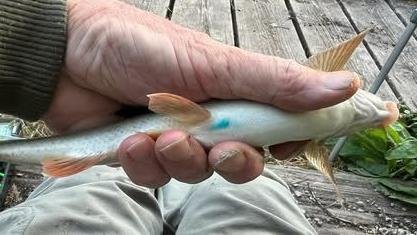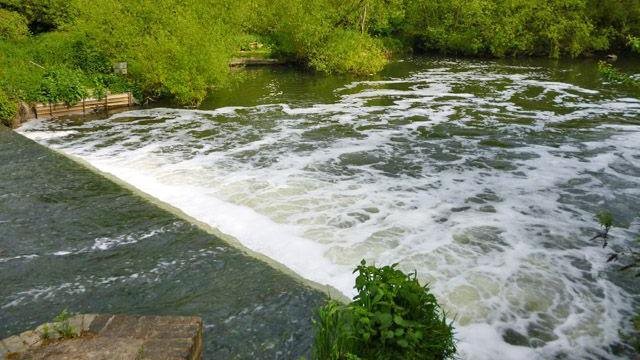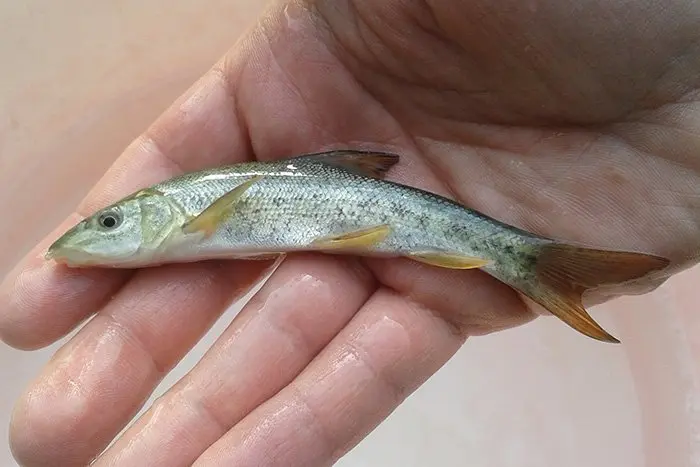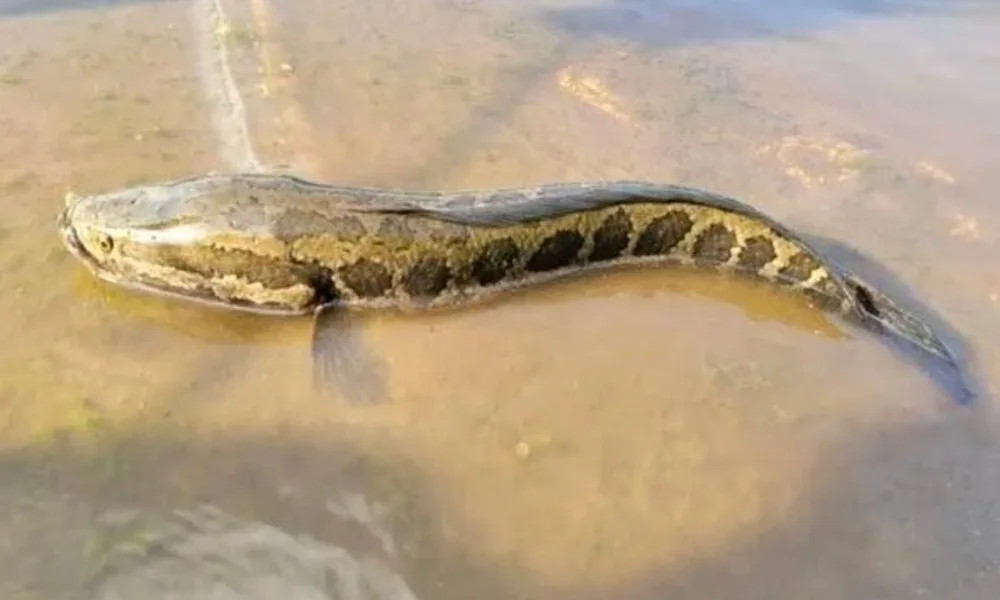Report Fish with Blue Markings: Anglers Urged to Help Study

Anglers fishing along the River Lea are being urged to report any fish they catch with blue markings. The request is part of a new tracking initiative led by the Environment Agency. In November, the agency released 1,000 juvenile barbel into the river. Each fish has a distinctive blue mark to help researchers monitor movement and population health.
Fish with Blue Markings Released into River Lea for Monitoring
In November, the Environment Agency introduced 1,000 “tattooed” barbel into two stretches of the River Lea—Kings Weir near Turnford in Hertfordshire, and Fishers Green in Waltham Abbey, Essex. Scientists marked each fish with a blue dye between its pectoral fins. Researchers around the world have widely used this method in studies and consider it safe for the fish.
Why Fish Have Blue Markings: Purpose Behind the Tagging

The purpose of the blue dye is to assist in tracking the growth and migration of the fish over time. The markings allow researchers to easily identify the released barbel and monitor their survival rates, movement patterns, and overall well-being. This is a response to anglers’ growing concerns about declining fish stocks in UK rivers, especially barbel.
Backed by Anglers’ Support and Rod Licence Funds
The National Coarse Fish Rearing Unit, an Environment Agency facility funded by rod licence sales, raised the barbel for this project. Richard Tyler, team leader in the agency’s fisheries division, emphasized that anglers’ feedback prompted the initiative.
“We’ve responded to concerns of anglers about declining fish stocks, including barbel, and this project will give us some good data to monitor barbel populations,” he explained.
Gathering Crucial Data on Fish Populations
Tyler noted that the data collected will help scientists and anglers understand how far these fish travel, their growth rates, and how well they are adapting to the river environment. He believes this will provide critical insight into the long-term sustainability of barbel and other freshwater species in the River Lea.
How Anglers Can Help
Anglers who catch a marked fish should record and submit key details, including:

- A clear photograph of the fish (showing the blue mark)
- The exact location of the catch
- The fish’s size and weight
Anglers can email their submissions to the Environment Agency to support ongoing monitoring efforts.
A Collaborative Effort for Conservation
This initiative highlights the value of collaboration between recreational fishers and environmental authorities. By reporting fish with blue markings, anglers contribute directly to improving fish conservation strategies and ensuring the health of UK rivers for future generations.




